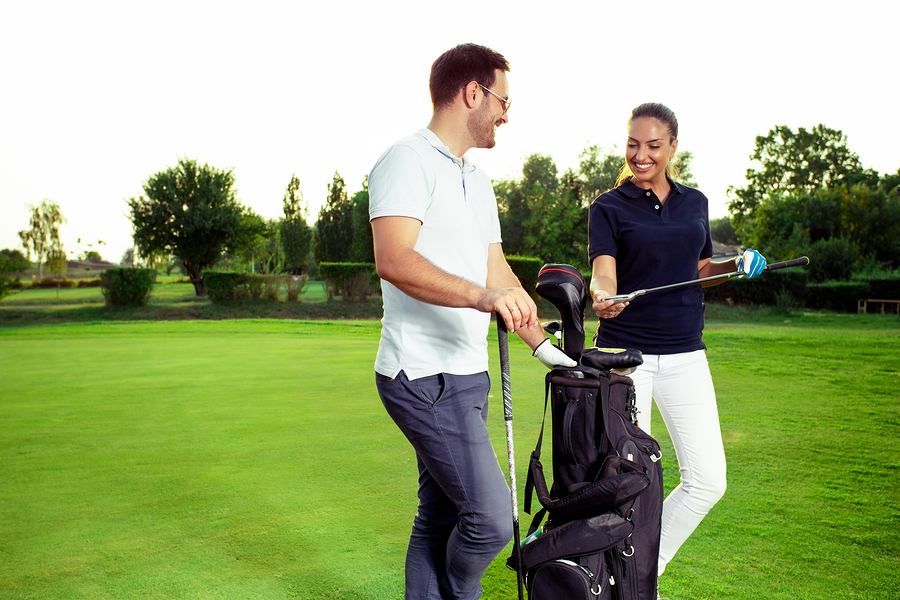
Springtime in Ontario means sunny, warmer days - and many of our Toronto physiotherapy and sports medicine specialists seeing a rush of golf injuries. Golf is seen by many as a recreational activity, and not a real sport. Unfortunately, it also means that many people don't treat it as a sport, and don't prepare themselves for the activity. You might be surprised to learn that golf injuries are actually quite common - and often preventable.
What causes golf injuries? Much of it boils down to two key issues: physical conditioning and proper form.
Physical Conditioning
- Just because golf is seen as a relatively easy sport to play, it doesn't mean you can completely disregard the fact that it is a physical game. This can involve a few separate issues.
- One of the biggest issues that add to your risk of golf injury is a lack of flexibility. A survey of golfers found that over 80 percent of golfers take less than 10 minutes to warm up before a game - and those who did warm up sufficiently had less than half the incidence of injuries. It does make a big difference.
- General physical conditioning, including weight or resistance training, improves balance, reduces the risk of injury, and improves your game too.
Proper Form
- Because golf is a game of precision, it requires attention to detail in terms of form. Learning proper form will not just improve your game - it will help prevent injuries too.
- Swing mechanics are a key issue. If your range of motion is impaired by poor conditioning, it will get in the way of being able to achieve the proper swing plane at any of the four phases. This increases the stress on joints and muscles of the back, shoulders, and elbows.
- Ground impact injuries can occur during the swing, or if you twist your ankle too much. They can be mild or quite severe, and acute or repetitive in nature, and typically affect the shoulder, arm, or wrist. Proper form helps you avoid these altogether.
Over use is also an issue.
- Golf involves intermittent and high velocity activities that involve your body from your neck and shoulders to your ankles. If you are getting tired, it means you are less able to play efficiently no matter what your conditioning.
- Know your limits, and don't push yourself beyond them. Aerobic and strength training can increase those limits.
Paying attention to the basics will pay off in terms of a greatly reduced risk of injury.
Swing Mechanics
- Proper swing mechanics involve the correct posture. Maintaining good posture helps prevent a sore back and more serious back injuries.
- Focus on the smoothness of your swing. You want to transfer the force of the swing through the muscles from your ankles to your wrists in a balanced motion, without undue stresses at any point along the way.
- Over-using your wrists can lead to golfer's elbow, which is a strain of the muscles on the inside of the forearm.
- Use a judicious amount of force; overswinging will place stress on your joints and muscles.
Warm-ups
- A good warm-up should last at least 10 minutes.
- It can involve brisk walking, jumping jacks, stretching the arms and shoulders, and swinging your club.
- Stretching will improve your range of motion, and your swing.
Just as you would with any sport, start your round of golf more slowly, and work up to a faster pace.
If you need advice on how to get in shape for this season of golf, or any other aspect of sports medicine or musculoskeletal health, our Toronto physiotherapists, chiropractors, and other specialists are ready to help. Drop by one of our Toronto physiotherapy clinics today or call for an appointment.















